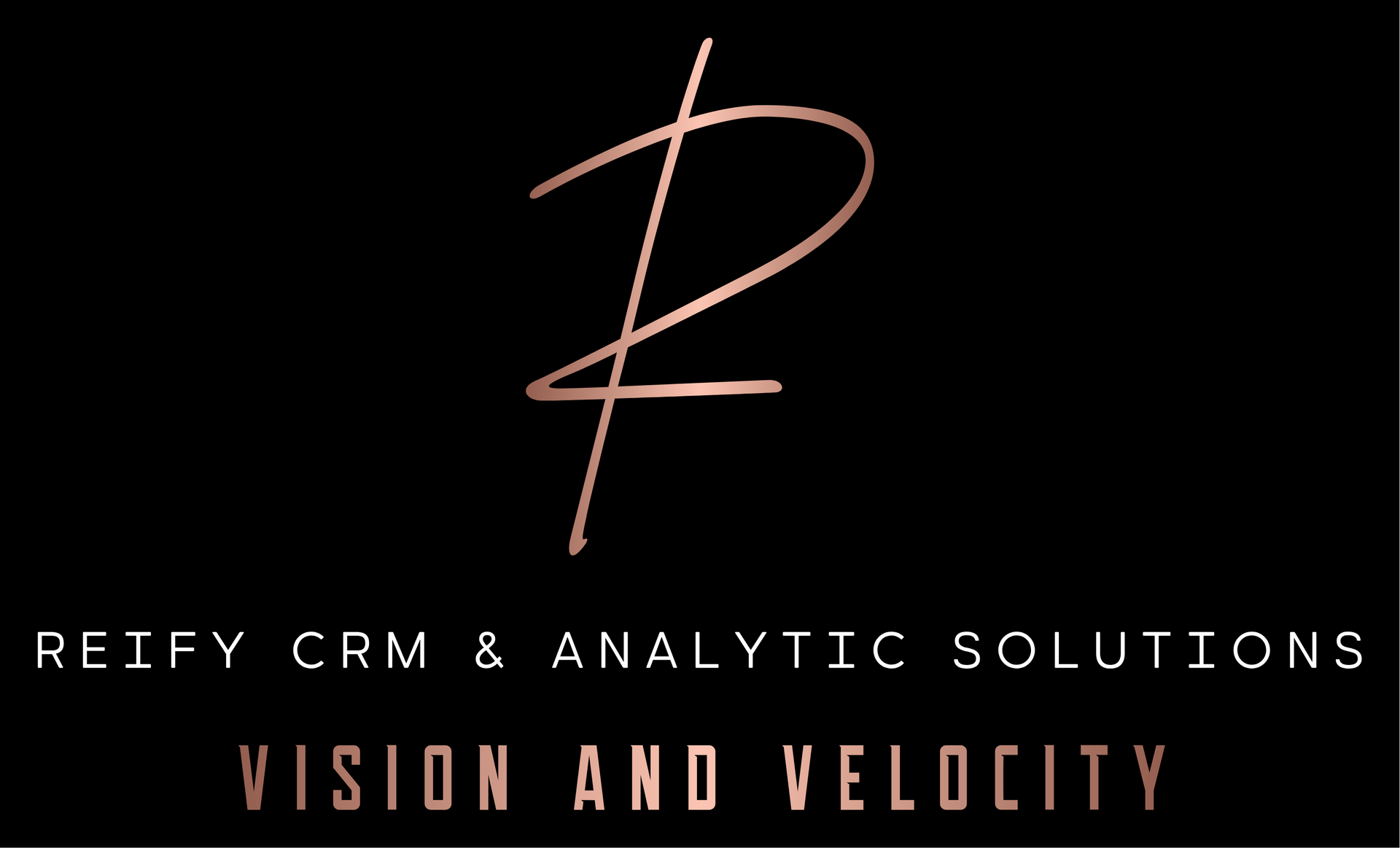Creating Strategy When Building
Why do want a CRM / Analytical Center of Excellence?
First question, why do you want a CoE?
One of the pivotal decisions in crafting a CoE strategy revolves around whether (A) you want to build a new capability where one does not already exist or (B) improve an existing capability within your company or agency. Each approach comes with its unique challenges and considerations, demanding a strategic outlook that aligns with the overarching goals of revenue growth, marketing optimization, and organizational transformation.
This first section will explore (A) when you want to build a new capability where one does not already exist.
Creating a New Capability in an Agency
If you’re an agency, avoid the "build it and they will come" mentality. Instead, focus on "get an engagement, and then build it”. The latter is more pragmatic and future flexible. This means winning the right opportunity and then align behind an expert to blaze the trail accompanied by someone on your team so you can follow it again. With this approach, you can continue to follow and improve the trail building on success while also proving it’s commercially viable.
I have rarely seen the "build it and they will come" approach work. Based on my experience, what often happens is hiring is done by individuals who don’t deeply understand what it takes to build a sustainable CRM or Analytics CoE and end up hiring what they believe is the unicorn that will solve their problems only to find out a year later, after no commercial success, they hired a slick talking donkey with a costume horn. Not saying it can’t work, just my experience.
Creating a New Capability in a Marketing Company
If you’re a company looking to innovate your marketing, then hiring the right person can be an effective solution. Why for companies and not agencies? In a company you have a broader group of skill sets surrounding the person you hired, and he/she can help “wire functional units together” to become a CoE using training, rituals, processes, change management and technology.
Do be sure to use an expert to help in the interviewing process and make sure they interview with all functional leads that have a piece of the marketing chain: from concept through execution, through back-end reporting. It goes without saying, they must also be a collaborative, empathetic and a solid team builder. CRM is only as good as your weakest link in the marketing chain.
Setting your strategy requires blending vision with operational processes to create a flexible and pragmatic path forward.
In the following section, we delve into option (B) the strategy of improving an existing capability within your organization.
The strategy to improve existing capabilities or marketing initiatives begins with a comprehensive discovery phase. This involves evaluating individuals, assessing their adaptability and readiness for change, scrutinizing processes to ensure seamless implementation through execution, and reviewing technology and tools that act as conduits between implementation and execution.
The discovery process inevitably reveals gaps between the current state and the desired future state. Called a gap analysis, I find it a valuable way to identify low hanging fruit and a great way to visualize your roadmap for management. Score each identified gap on two spectrums:
- Evaluate the Degree of Difficulty: Score identified gaps on a scale of "Hard to do" to "Easy to do," ranging from ten (very hard) to one (very easy).
- Assess Criticality for Success: Score each gap based on its importance for reaching the future state, with ten denoting critical importance and one indicating non-criticality.
- Plot Items: Use "Critical for Success" on the x-axis (ranging from one to ten) and "Degree of Difficulty" on the y-axis (ranging from one to ten).
- Quadrant Analysis: Identify the lower right quadrant (Easy/Critical) as the "low-hanging fruit" and the upper right quadrant (Hard/Critical) as crucial information guiding your strategy and roadmap.
Building your strategy and roadmap on the discovery process requires high-quality data. Your output is only as good as the input emphasizing the need for accurate information from key stakeholders. Engaging key stakeholders will be the subject of my next post on how to build a CRM or Analytical CoEs.

